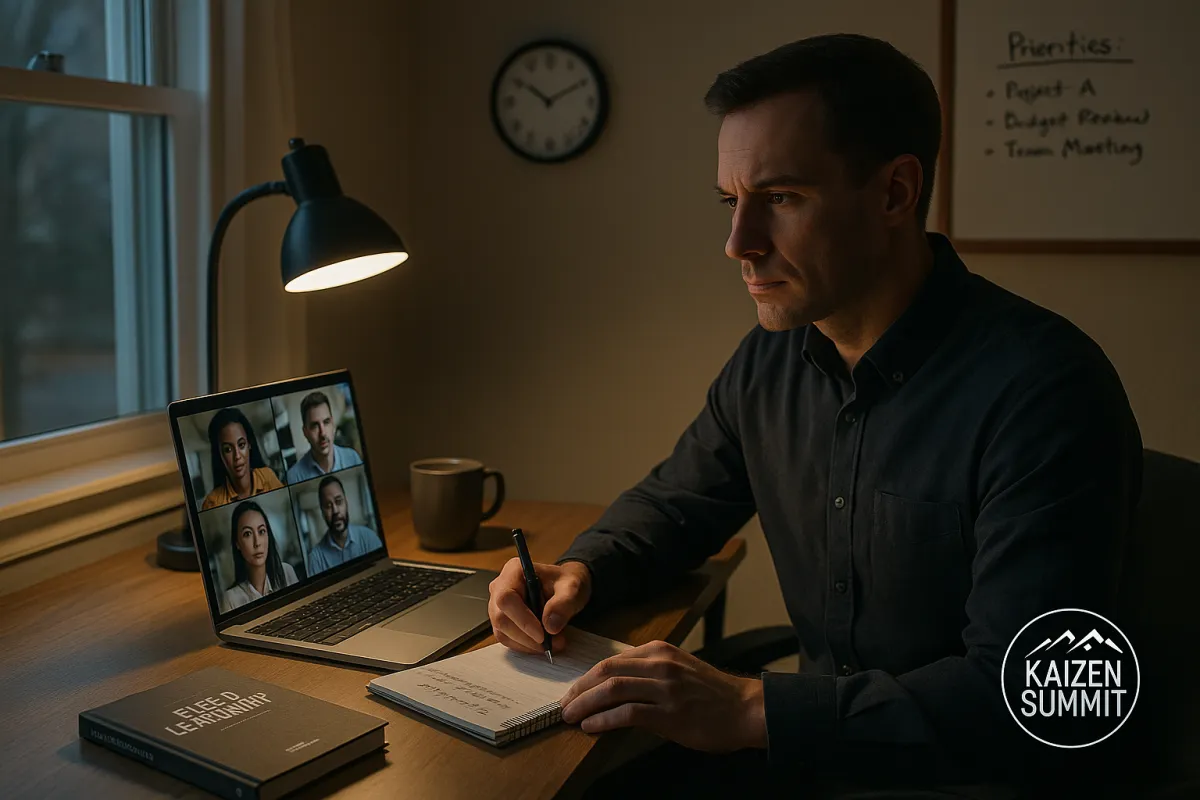
Leading at a Distance
Leading at a Distance
Exercising Leadership with Remote Teams
Remote work is no longer a trend. It’s a reality. For new leaders, the shift to leading distributed teams can feel disorienting. Without the visual cues and informal check-ins of a shared office, leadership can seem like a guessing game. It isn’t. Not if you choose clarity, ownership, and discipline.
This is where real leadership begins.
The Illusion of Proximity
In a physical workspace, it’s easy to mistake proximity for connection. You see someone at their desk, and assume alignment. But presence isn’t performance. In remote teams, the illusion vanishes. You’re forced to lead by intent, not accident.
This is an advantage.
Remote leadership requires deliberate communication. It demands you set the tone, establish standards, and reinforce structure without defaulting to convenience. That’s leadership by design.
Prioritise Clarity, Not Control
A disciplined team doesn’t need micromanagement, they need structure. Remote work exposes poor systems. If your expectations are vague, your team’s output will reflect that.
At Kaizen Summit, we call this Structured Guidance, the practice of equipping your team with simple, clear instructions and shared standards. Weekly calls, well-framed objectives, and transparent updates create rhythm. Rhythm builds trust. Trust builds performance.
Leverage the Right Tools - but Own the Outcome
Slack, Zoom, and project boards are enablers. They aren’t the work. Tools don’t solve problems, leaders do.
Use the tools that support your communication style, but never outsource your leadership to technology. Pick up the phone. Get on a call. Don’t let silence turn into drift. A short conversation beats a week of stalled emails.
The Kaizen principle here is Extreme Ownership. You’re responsible for the clarity, cohesion, and cadence of your team, whether they’re across the room or across the world.
Invest in Face Time - Real and Virtual
Nothing replaces human connection. Schedule regular face-to-face time where possible. It builds rapport. It reinforces shared mission. But if in-person isn’t feasible, recreate that depth virtually.
Set up focused one-to-ones. Open each call with a moment of presence, not pleasantries, but clarity. What’s the mission? What’s the obstacle? What’s the next action?
This is Skill Mastery in action, practising the art of connection even in constraint.
Stay Flexible. Stay Accountable.
Plans shift. People adapt. Remote teams thrive on discipline and flexibility working in tandem. When things change, and they will, your job isn’t to resist. It’s to reorient.
Leadership under pressure is about Physical Resilience - not just physical stamina, but the mental composure to reset quickly. Your calm becomes your team’s stability.
The Call to Lead
Remote work won’t make you a bad leader. It reveals whether you’re a real one. If you can lead a team you don’t see, you’ve built something strong.
So ask yourself:
Are you communicating clearly?
Are you owning outcomes without excuse?
Are you making your team feel led, not managed?
This is your proving ground. Lead well.
